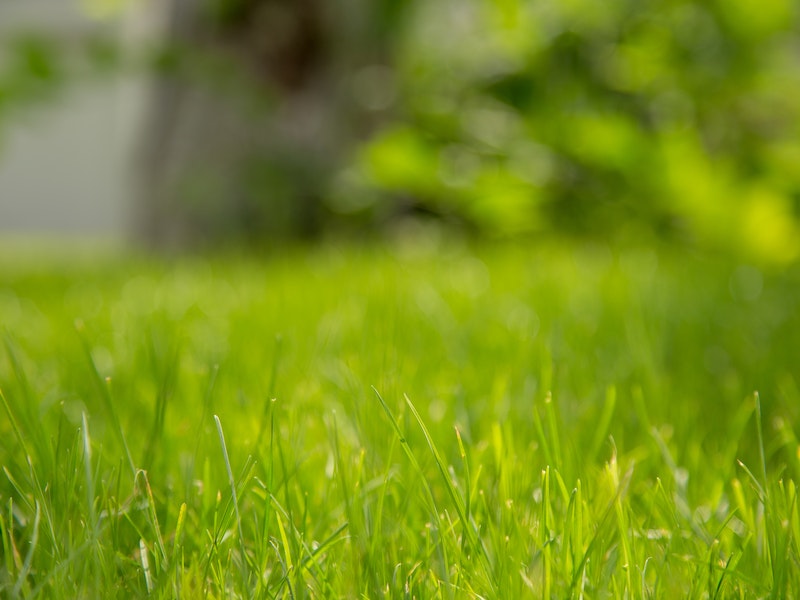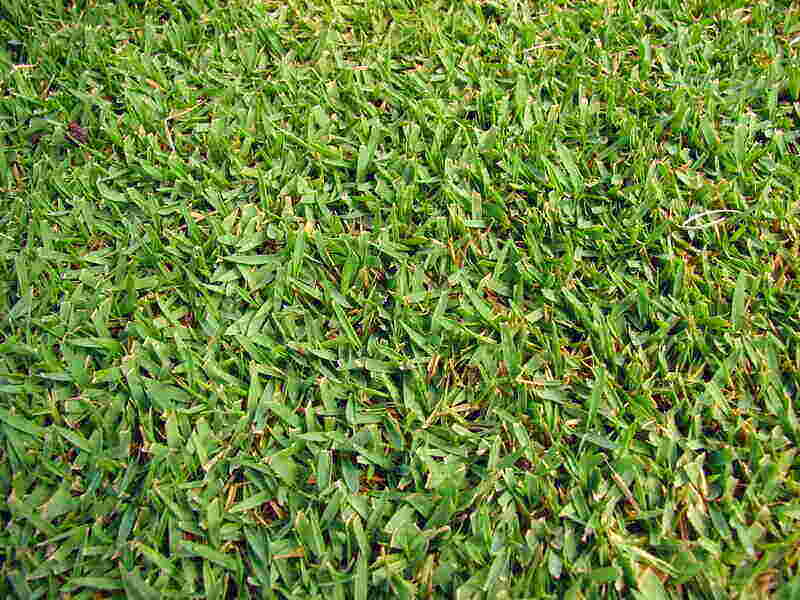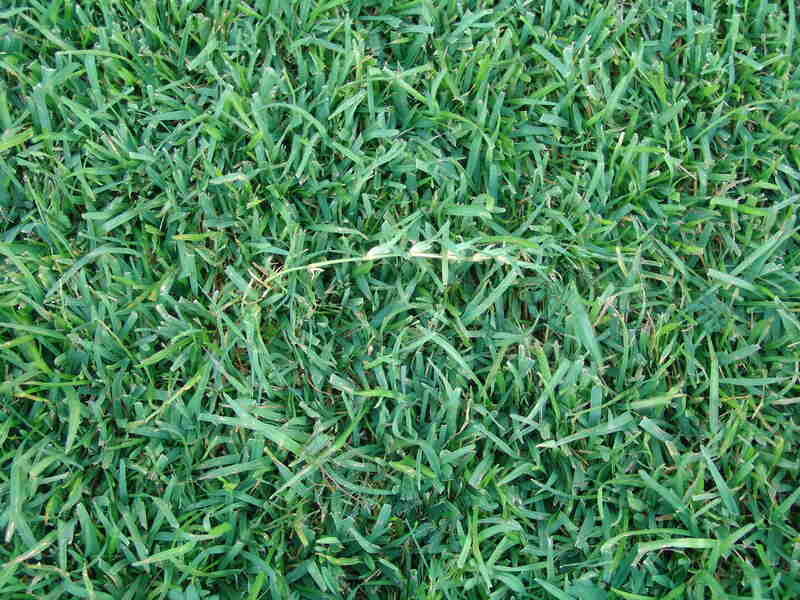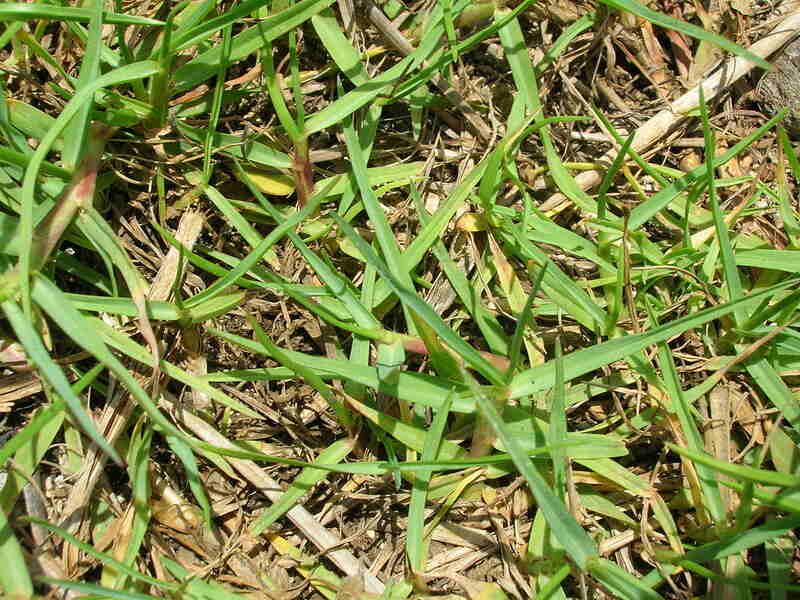5 Best Grass Types for New Orleans
BY CECILIA ACEVEDO | APRIL 6TH, 2023 | LAWN CARE, LOUISIANA, NEW ORLEANSTo achieve a lush green lawn in New Orleans, it is crucial to select the best grass type that can effectively withstand high levels of heat and humidity. The city, famous for jazz music and gumbo, is also notorious for its unpredictable weather patterns.
The summers are hot and humid, while fall can be variable, with some days feeling like summer and others like winter. The winters, on the other hand, are brief and cool. Hence, to maintain a beautiful lawn in this region, you need to carefully consider the best grass types that are suitable for New Orleans’ climate.
Warm-Season vs. Cool-Season Grasses
If you’re planning on growing a lawn, you’ll need to choose between warm-season and cool-season grasses. Here’s a hint: You’ll likely want to choose warm-season grass for your New Orleans lawn.
Warm-season grasses thrive in warm conditions and prefer long summers and mild temperatures during winter. Warm-season grasses are green when temperatures warm up in spring and enter dormancy when temperatures drop in autumn and winter.
Cool-season grasses, on the other hand, prefer milder temperatures and perform better in cooler climates. These grasses are like the cozy sweaters you wear in the fall, providing warmth and comfort during the cooler months.
So, when it comes to choosing between warm-season and cool-season grasses, it all depends on where you live and what kind of weather you’re dealing with.
5 Warm-Season Grasses for New Orleans
Warm-season grasses thrive in warm conditions and prefer long summers and mild winters. These grasses are characterized by their ability to grow quickly and tolerate hot temperatures, making them the perfect choice for New Orleans’ hot and humid climate.
So, if you want a lawn that can handle the New Orleans heat and still look fabulous, here’s more information about 5 warm-season grass types for The Big Easy:
1. Bermudagrass

Photo Credit: Pexels
Bermudagrass is a fine-textured turfgrass that spreads laterally by rhizomes and stolons. It boasts an impressive drought tolerance, making it an excellent choice for those hot summers that never end. And don’t worry about all those backyard barbecues and kids playing rough in the backyard; bermudagrass has a high-traffic tolerance that can handle all the wear your family and friends can dish out.
But be warned, bermudagrass has poor shade tolerance, so make sure your lawn gets plenty of sunlight. Bermudagrass also needs frequent mowing to keep its best look. Watch out for those pesky flower beds because bermudagrass has invasive qualities that can take over if you’re not careful.
Classification: Warm-season grass
Spreads by: Stolons and rhizomes
Shade tolerance: Low; thrives in full sun
Drought tolerance: High
Foot traffic tolerance: High
Maintenance needs: Needs frequent mowing due to fast growth rate; develops thatch easily; needs regular fertilization.
Mowing height: Set the mowing height between 0.5 and 1.5 inches for hybrid Bermudagrass cultivars. Mow common Bermudagrass down to 1.5 to 2.5 inches.
Potential for disease: Good disease resistance, although diseases are common; low resistance to insects.
Soil pH: 6-6.5
Soil type: Tolerates most soil types.
Other notes: The extensive root system of bermudagrass provides more resilience against environmental stresses than other warm-season grasses.
2. St. Augustinegrass
St. Augustinegrass is known for its attractive blue-green appearance. Still, it’s also one of the most shade-tolerant grasses. So, if your yard is surrounded by trees or buildings, St. Augustinegrass is a great option to keep your lawn looking lush and healthy. However, it’s worth noting that St. Augustinegrass has lower traffic tolerance. Consider other options if you have kids or pets who love to run around and play outside.
St. Augustinegrass is highly sensitive to the chinch bug, a pesky insect that can wreak havoc on your lawn. But with proper care and maintenance, you can keep them at bay and enjoy a healthy, vibrant lawn.
Regarding water, St. Augustinegrass has a moderate to high drought tolerance. That means it can handle some dryness, but it still needs to be watered regularly during the hot months.
Classification: Warm-season grass
Spreads by: Stolons
Shade tolerance: Moderate. It is the most shade-tolerant warm-season grass.
Drought tolerance: Moderate to High
Foot traffic tolerance: Low
Maintenance needs: Needs frequent mowing due to fast growth rate; develops thatch easily; needs regular fertilization.
Mowing height: Set the mowing height between 3.5 and 4 inches.
Potential for disease: Moderate to high
Soil pH: 6-7.5
Soil type: Tolerates many soil types; prefers moderately fertile and moist (not waterlogged) soils; doesn’t tolerate soil compaction.
Other notes: St. Augustinegrass is not available in seed form commercially. That means it needs to be established via sod, plugs, or sprigs. While this can be a bit more expensive than seeding, it also means that you’ll have a lawn that’s more consistent in terms of color and texture.
3. Zoysiagrass

Photo Credit: Forest & Kim Starr / Wikimedia Commons / CC BY 3.0
If you’re looking for grass that’s dense, lush, and great to walk on barefoot, then Zoysiagrass might just be the perfect fit for your New Orleans lawn. This warm-season grass is known for its carpeted growth, which competes well against weeds and creates a thick, green lawn perfect for play and relaxation. And speaking of play, Zoysiagrass has a high traffic tolerance, making it a great choice for families who love to spend time outside.
However, it’s worth noting that Zoysiagrass is slow to recover from damage. Still, you can keep your lawn looking lush year-round with proper care and maintenance. Zoysiagrass has moderate shade tolerance; it’s the second most shade-tolerant warm-season grass, making it an excellent choice for areas of your yard that don’t get as much sun.
Classification: Warm-season grass
Spreads by: Stolons and rhizomes
Shade tolerance: Moderate
Drought tolerance: Moderate
Foot traffic tolerance: High, but recovers slowly from damage.
Maintenance needs: Low nitrogen fertilization requirements, although it’s prone to thatch build-up.
Mowing height: Set mowing height between 1 and 2 inches.
Potential for disease: Good disease tolerance overall.
Soil pH: 6-6.5
Soil type: Well-draining, some cultivars are more tolerant of a wide range of soils than others.
Other notes: Zoysiagrass is slow to establish, making sod the optimal choice for installation. While this can be more expensive than other installation methods, it’s worth the investment if you want a consistently lush and green lawn.
4. Centipedegrass

Photo Credit: James Becwar JamesBecwar / Wikimedia Commons / CC0
Centipedegrass is known for its vibrant apple-green color, which adds color to any yard. And the best part? Centipedegrass is incredibly low maintenance. You won’t need to mow, lime, fertilize, or dethatch as often as with other types of grass.
However, centipedegrass has low traffic tolerance. Additionally, while it has outstanding heat tolerance, it doesn’t equate to drought tolerance. In comparison with other warm-season grasses, centipedegrass’ root system is shallow. So, you need to be extra vigilant and water it during times of low rainfall.
Classification: Warm-season grass
Spreads by: Stolons
Shade tolerance: Moderate
Drought tolerance: Moderate
Foot traffic tolerance: Low
Maintenance needs: Low. It requires low mowing and fertilizers.
Mowing height: Set the mowing height between 1 and 2 inches.
Potential for disease: Good resistance to diseases and insects.
Soil pH: 5-6
Soil type: Acidic, infertile, at least moderately good drainage (very dense, clay soils produce poor results).
Other notes: Centipedegrass is not a salt-tolerant grass. It grows slowly.
5. Seashore Paspalum Grass

Photo Credit: Forest & Kim Starr / Wikimedia Commons / CC BY 3.0
When it comes to selecting the best grass for New Orleans, seashore paspalum grass is an excellent choice. This type of grass can effectively withstand the high levels of heat and humidity that are prevalent in the region. Additionally, since New Orleans is located next to the saltwater lake Lake Pontchartrain, seashore paspalum is an ideal option due to its excellent salt tolerance.
Classification: Warm-season
Spreads by: Rhizomes and stolons
Shade Tolerance: Low to Moderate
Drought Tolerance: Moderate
Foot Traffic Tolerance: Moderate
Maintenance Needs: Moderate fertilizer and frequent mowing.
Mowing Height: Set the mowing height between 1 and 2 inches.
Potential for Disease: Moderate. Common diseases include large patch and dollar spot.
Soil pH: Tolerates a wide soil pH range, from 3.6 to 10.2.
Soil Type: Tolerates a wide range of soils, including wet, saline soil.
Other Notes: It is the most salt tolerant warm-season grass.
FAQ About New Orleans Grass Types
It´s bermudagrass. The reason for Bermudagrass’s popularity in Louisiana is its ability to adjust to diverse climatic and soil conditions. This adaptable turfgrass is widely grown due to its capacity to form an appealing and thick sod.
When choosing a warm-season grass type for a shady lawn, there are a few options to consider. One of the best warm-season grasses for shade is St. Augustinegrass. This grass type is known for its ability to thrive in shaded areas, making it an excellent choice for lawns shaded by trees or buildings.
Because of its extensive root system, bermudagrass, known as wiregrass or devil grass, tolerates plenty of sports and foot traffic. Bermudagrass fares best in warmer weather, making it the natural choice for active, summer-loving families.
Choose Plant and Grass Varieties for Your New Orleans Landscape
Choosing the right grass variety can transform your backyard into an oasis. Bermudagrass, St. Augustinegrass, Zoysiagrass, centipedegrass, and seashore paspalum grass are all excellent options, each with unique advantages that can help you create a lush and vibrant lawn.
- Bermudagrass is a resilient option that can endure high temperatures and lack of water. It is particularly suitable for high-traffic regions.
- St. Augustinegrass can thrive in both sunny and shady areas.
- Zoysiagrass is known for its drought resistance, dense growth, and ability to grow in shaded environments once it has settled.
- Centipedegrass is the perfect choice for those looking for an easy-to-maintain lawn.
- Seashore paspalum grass is an excellent alternative for those located near Lake Pontchartrain as it can withstand the presence of saltwater.
Remember, however, that the grass variety you choose is just one component of a complete landscape. You can enhance the beauty of your backyard by using native plants and low maintenance landscaping designs.
If you want to ensure that your lawn and backyard look their best, consider hiring a professional to help with maintenance. Contact a New Orleans lawn care pro who can provide regular maintenance services to keep your lawn healthy and vibrant.
Main Image Credit: Audubon Boulevard, Uptown New Orleans / Infrogmation of New Orleans / Wikimedia Commons / CC BY-SA 4.0